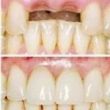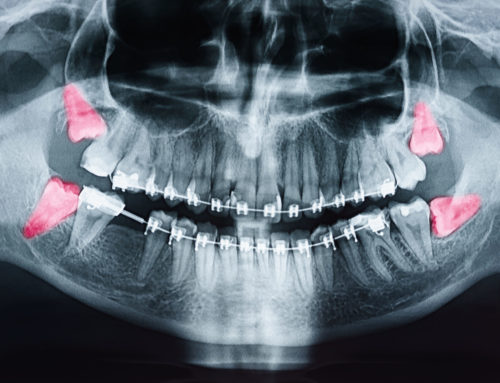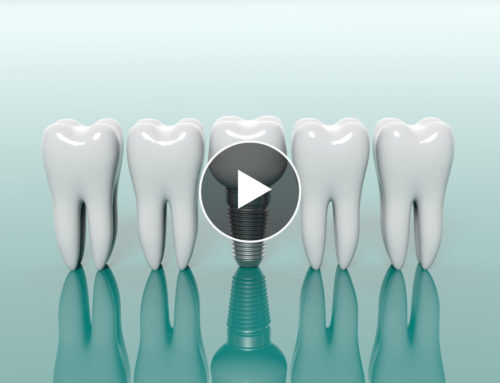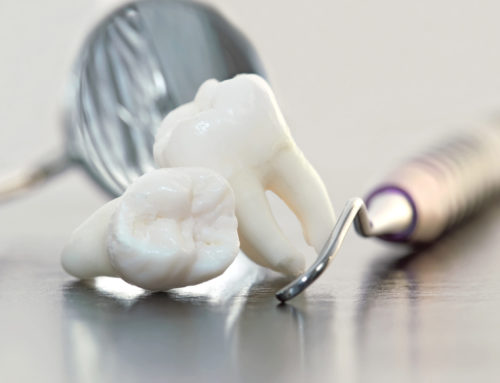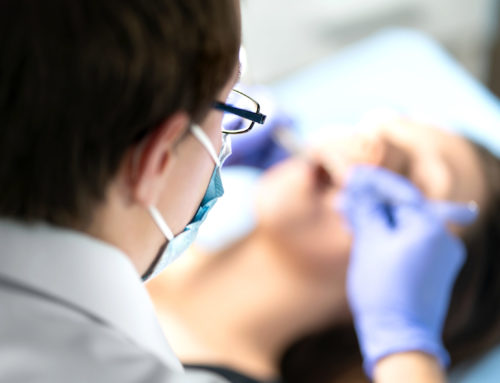Intermediary Bone Grafting
September 26, 2012 at 6:32 AM
Growth factor enhanced grafts are created using the technology of recombinant DNA technology. They consist of Human Growth Factors, especially bone morphogenetic proteins (BMPs). BMPs are a group of growth factors (also known as cytokines and as metabologens) that were originally discovered by their ability to induce bone and cartilage formation. We now know they signal the orchestration of tissue architecture throughout the body.
Originally, seven of these were discovered; however, we now are aware of the existence of twenty being used for bone grafting in conjunction with a carrier medium such as collagen.
Blood must be supplied to all bone transplant sites; and, additional blood supply may be required depending on certain variables. Grafts warranting this additional blood supply need the transplanting of certain associated blood vessels along with donor bone. This kind of graft is known as a vital bone graft.
The most common use of bone grafting is in the application of dental implants. Dental implants require bones underneath them for support and the implant must be properly integrated into the mouth. People who have been without teeth for an extended period of time may not have enough bone left in the necessary locations. In such a circumstance bone can usually be taken from the chin, the iliac crest of the pelvis, or from other areas and then inserted into the mouth underneath the new implant.
Bone grafting is also used for the fusion of joints to prevent movement, repair broken bones suffering bone loss, and the repair broken bones having difficulty healing.
Bone grafts are performed with the intent for the defective bone will be healed or regenerate with little or no graft rejection.
Different specialty physicians may be requested to do the surgery depending on the area of the body and complexity of the surgery. Doctors that commonly perform bone graft procedures are craniofacial surgeons, dental surgeons, implantologists, maxillofacial surgeons, neurosurgeons, oral surgeons, orthopedic surgeons, otolaryngology (ear, nose, and throat ) specialists, otolaryngologists (head and neck surgeons), periodontists, and podiatric surgeons.
So, a dental implant would ideally be performed by a surgeon who specializes in implant dentistry.
As with any medical procedure, there are risks involved, such as bleeding, breathing problems, infection, and medication reactions. There are many other risk factors and considerations depending on many variables. Infection is reported to occur in less than 1% of cases and is curable with antibiotics. A preexisting illness history will tend to place an individual at a higher risk of developing an infection as opposed to a stronger health history.
Recovery time for an individual to recovery depends on the severity of the injury and (as mentioned above) overall health and health history. More often than not, anywhere from 2 weeks to 2 months could be considered average with a possibility of vigorous exercise being on the “no list†for up to 6 months.
–

